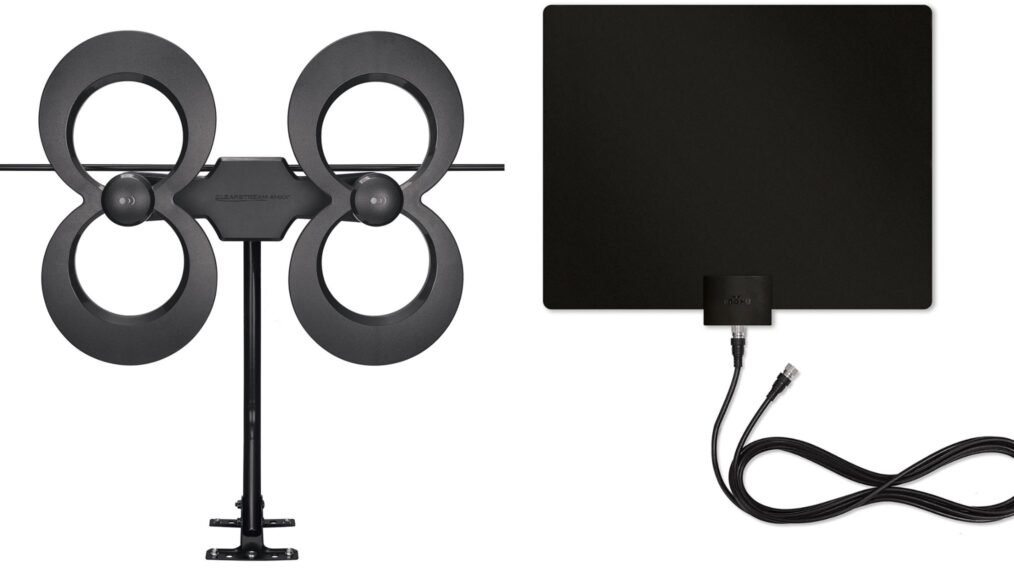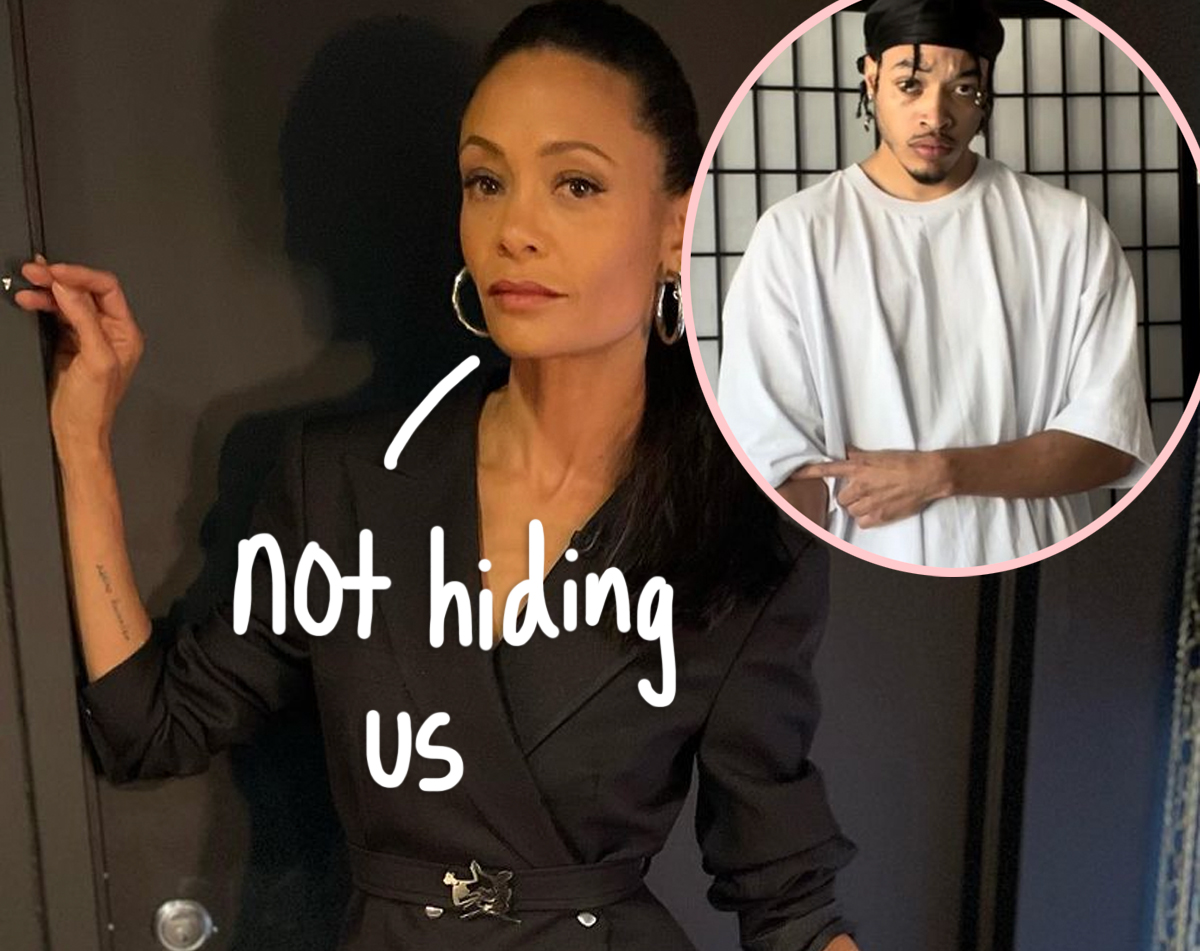Why Do You Need an Over-the-Air Antenna?
Much like TVs, antennas have come a long way. The old “rabbit ears” wrapped in aluminum foil that sat on top of many classic TV consoles are a thing of the past. Today’s antennas are thin, sleek, and compact. The tech behind them has gotten more powerful, and they can be a relatively inexpensive investment, especially when compared to giant cable bills. They even offer a high-def picture!
This explains why some viewers are opting out of cable and going back to antennas. But here’s another reason to consider getting one: Cutting the cord and relying on an over-the-air (OTA) antenna can save a considerable amount of money without sacrificing picture quality. Once you invest in an antenna, you’ll be watching OTA channels at no additional cost. And who wouldn’t love that?
What to Consider First
Unless you live in a remote area, a decent antenna should pick up ABC, CBS, Fox, NBC, and PBS. Plus, in most of the United States, favorites like MeTV, MyNetworkTV, Court TV, Antenna TV, and several others are available. If you live near a large urban area, you may receive additional channels, sometimes dozens of them. Before you buy an antenna, check its range — the further out it reaches, the more channels you are likely to pick up.
Next, where will you put it? Antennas work best the higher up they are and when they’re near a window. (Some can even be mounted on a window, if you’re OK with that.) The antenna will likely be connected to your TV through a coaxial cable, so consider how long the cable needs to be. The cable should be included when you buy the antenna, but check to see how long it is and think about whether you need it to be detachable—if it is, you can easily replace it with a longer one.
You may also want to consider aesthetics. Can you, for example, paint it to match your decor? If it’s going to be in your living room, you’ll want it to look nice. Finally, cost: Luckily, you don’t need to shell out a ton of cash to get a decent antenna. Check the sidebar for a few recommendations in different price ranges.
1. Mohu Leaf (from $25; gomohu.com)
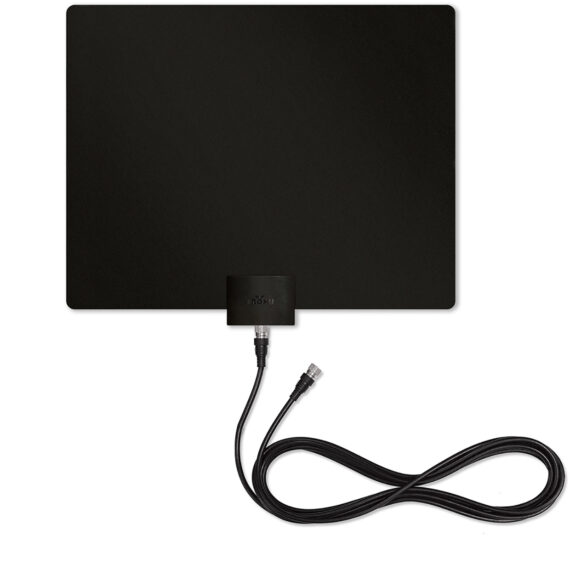
With 30-, 40- and 60-mile radius options, this antenna has some good range. It also has a 10-foot detachable coaxial connection and is remarkably thin and light, plus easy to install.
2. U Must Have Amplified HD ($30; amazon.com)
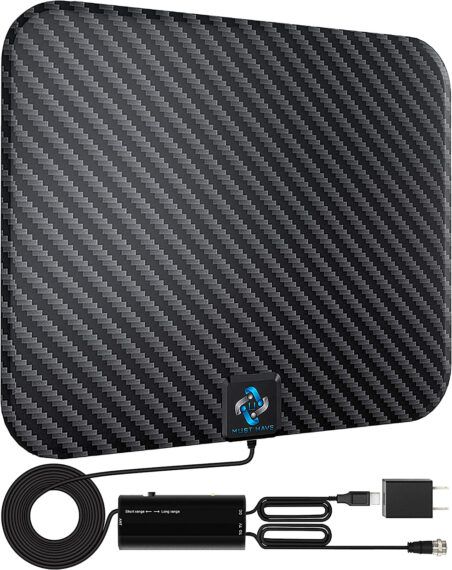
This one goes big, starting with its whopping 250-mile signal range, plus an 18-foot coaxial cable. The powerful amplifier boosts the signal for a better picture as well. Comes in black or — a nice alternative — white versions.
3. Channel Master FLATenna 35 ($20; channelmaster.com)
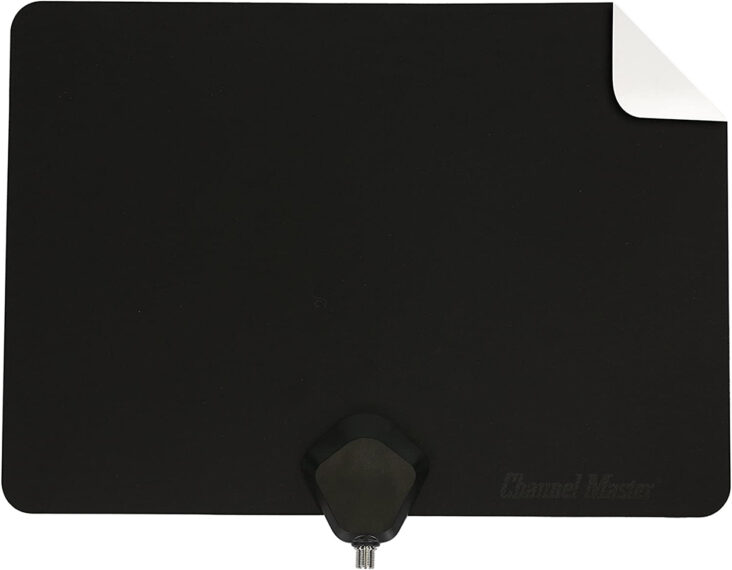
If you’ve been thinking of trying out an antenna, this is a great place to start since it’s hard to beat that price — and shipping is free. It connects to your TV through the included detachable 12-foot coaxial cable, and its range is up to 35 miles. (They also sell one with a 50-mile range for $49.)
4. Antennas Direct Clearstream 4Max ($130; bestbuy.com)
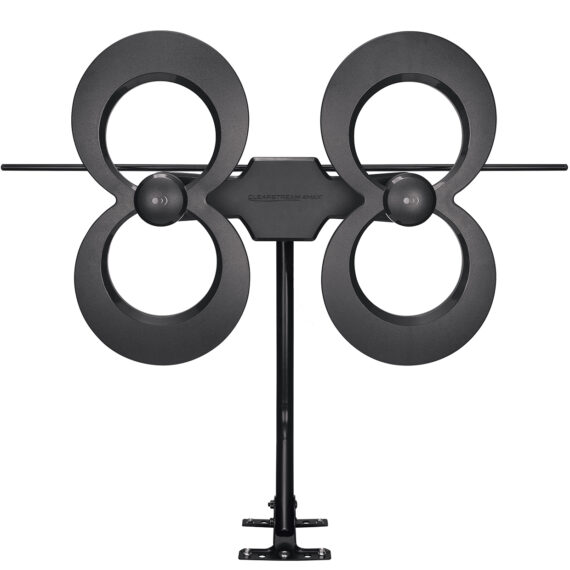
If you have the space, this bigger model may be worth considering. It has a high-quality 70-mile signal range, and it’s durable enough to be placed outdoors. You’ll need to supply your own coaxial cable.
How To Rescan for New Antenna Channels
A cardinal rule for antennas: Scan early, scan often! You may have more channels available than you think. New stations — like the just-launched Story Television, which features history-based programming such as Hunting Hitler (it’s from the same broadcasting company as MeTV) — may have launched since the last time you scanned; plus, reception may have improved in your area. Check your antenna’s manual for specific instructions, but for most, it’s usually as simple as hitting “Menu” or “Setup” on your remote and looking for “Channel Scan” or something similar.

